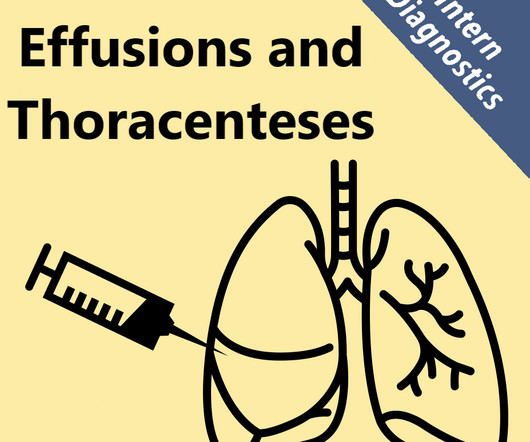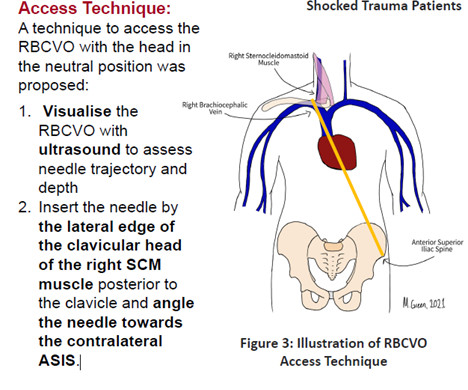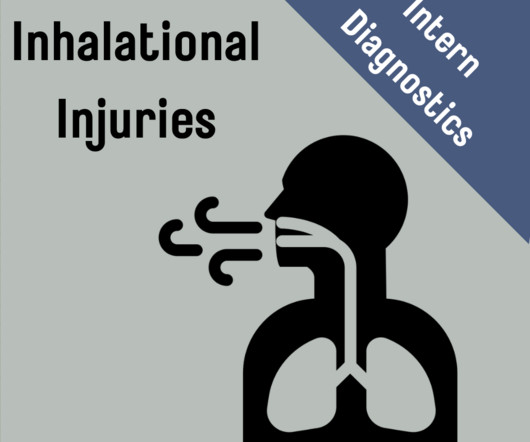Diagnostics and Therapeutics: Thoracentesis in the Emergency Department
Taming the SRU
MAY 27, 2024
Shortness of breath is one of the most common complaints presenting to emergency departments. A less common but more emergent scenario is the presentation of a patient to the emergency department with a large pleural effusion causing hypoxia and respiratory distress. J Hosp Med. 10 (12):811-6. link] Yu H.







































Let's personalize your content